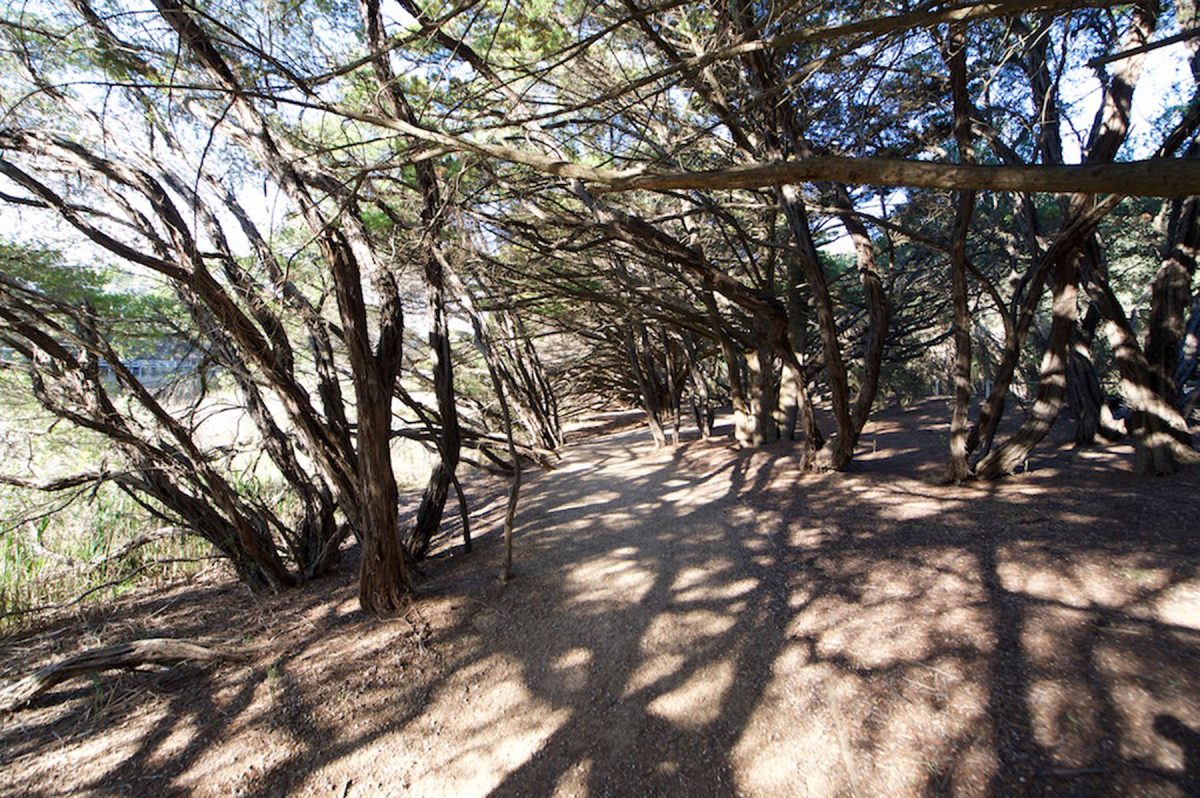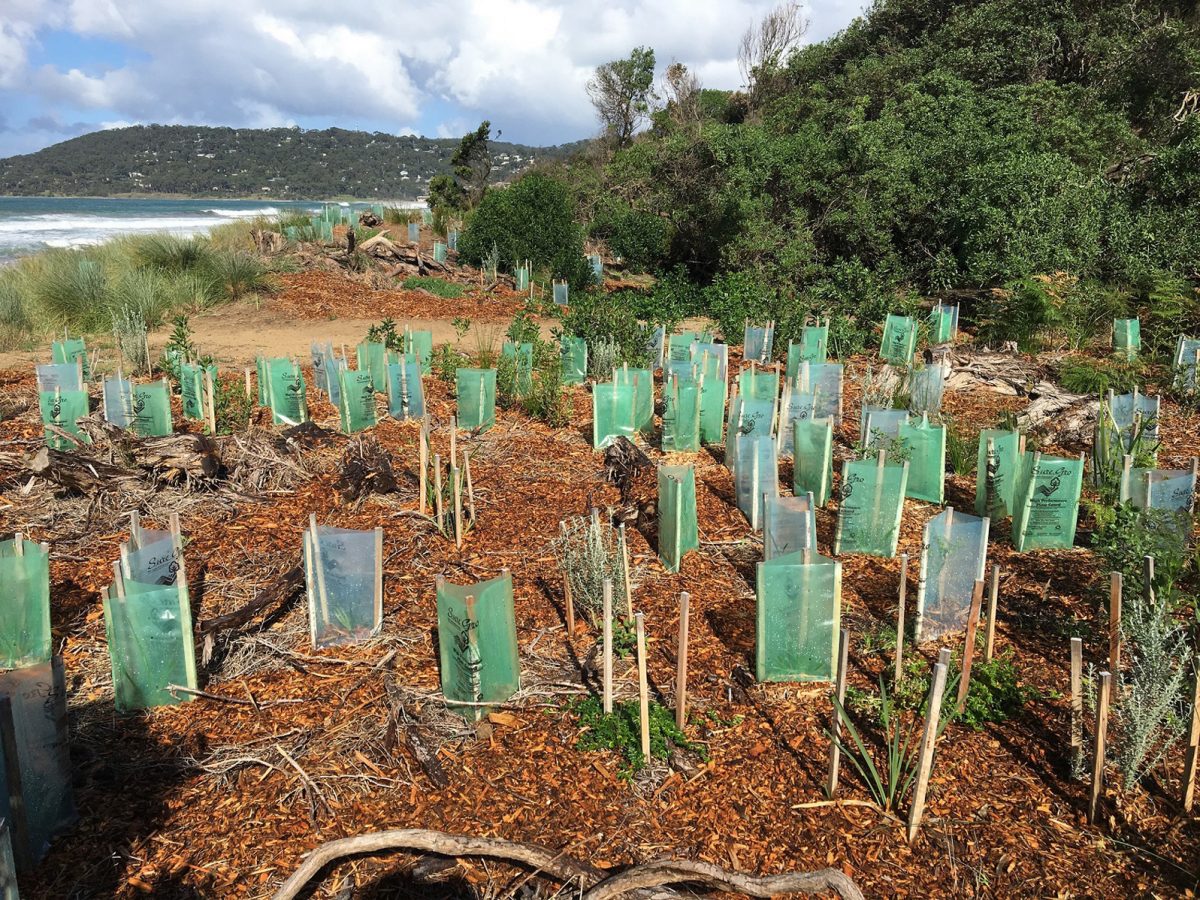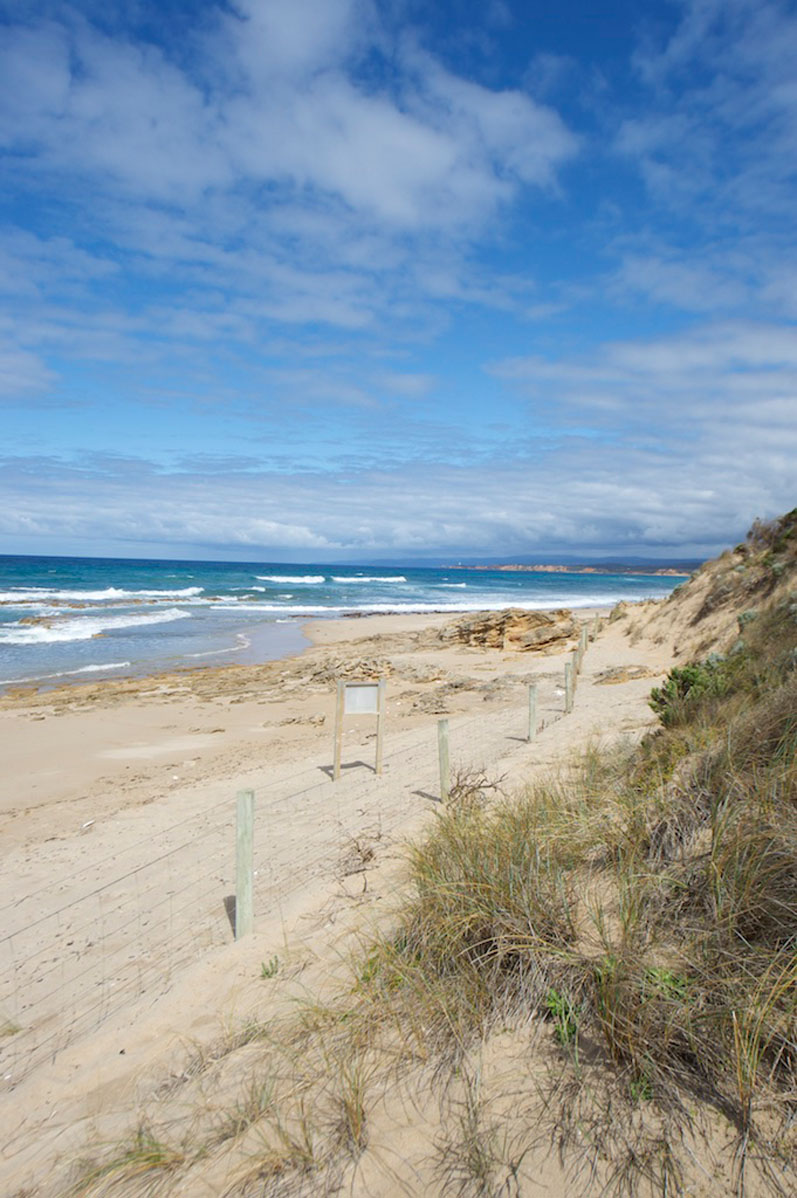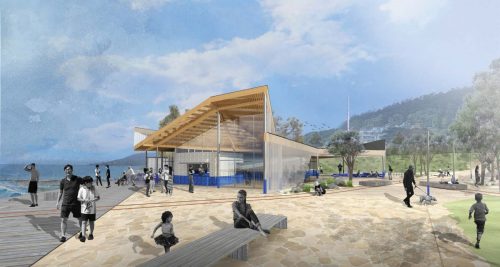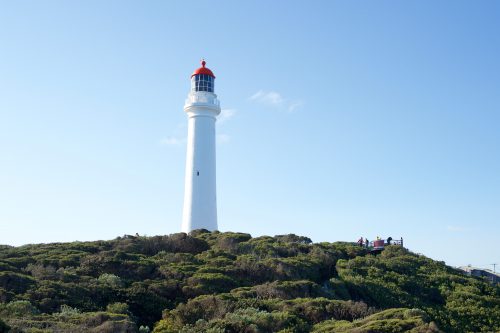Preserving the natural, cultural, climate and tourism values of the Surf Coast
Great Ocean Road Renewal Project | 2015
Program completed | 2015
A three-year, $1.35 million program, to deliver four discrete projects – each critically important in their own right – supported by funding from the Australian Government.
The Great Ocean Road Renewal Program sought to address four of the biggest coastal issues identified in past environmental management plans which included:
- Environmental weeds
- Conservation and celebration of Aboriginal cultural heritage
- Climate change impacts
- Increasing demand for coastal recreation facilities.
Project details
Natural Values Project
This project aimed to reduce weed infestation and land degradation to ensure native vegetation is conserved for future generations. This included improving native vegetation communities along our coastal reserves by blitzing weeds over the next three years and boosting native plant species. It entailed establishing an experienced conservation team and providing the necessary equipment and strategic guidance afforded by our Native Vegetation and Weed Action Plan.
The Native Vegetation and Weed Action Plan assesses native vegetation and habitat values across Great Ocean Road Coast’s management area and prioritises management activities. The plan also assesses and maps threats by weeds, allowing the Committee to undertake an assets-based approach to conserving natural values.
Cultural Values Project
A cultural heritage management plan has been developed to provide the foundation for a better understanding of the coast’s Aboriginal heritage and sites, and an ongoing partnership with local Aboriginal groups. The project gathered information on existing registered sites, looked for new sites and filled in other gaps in our knowledge.
This information will provide management guidance for sites and help us to fulfill our coastal management obligations without jeopardising cultural materials or sites. The project will also allow us to work with traditional owners to bring cultural heritage to life through interpretation and cultural activities.
Surf Coast Coastal Climate Change Vulnerability and Adaptation Project
The Coastal Climate Change Vulnerability and Adaptation Project report forecasts the potential impacts of and guiding future responses to climate change on our coast. The study is the first climate change vulnerability assessment of the coast in the Surf Coast region, providing greater detail about the effects of projected sea level rise on this section of coast than has ever before been available.
The report used current sea level rise predictions to analyse potential future exposure of the 55km stretch of coastline between Torquay and Lorne based on two key hazards: flooding and erosion.Potential risks posed by these hazards to coastal assets such as built infrastructure, the natural environment, roads and heritage sites were assessed.
Torquay Tourism and Facilities Project
The new and improved facilities were designed to enhance beachgoers’ enjoyment and experiences of Torquay’s most popular beach, which has a tourism history spanning more than 100 years and faces ever-increasing recreational pressures.
The new ‘Third Wave Kiosk’ at the Torquay Surf Beach was officially opened in December 2011 signifying the completion of $480,000 of works to improve the standards, service levels and accessibility of facilities at the world-renowned Torquay Surf Beach.
GORCC, together with Darren Cheeseman MP, Federal Member for Corangamite, officially opened the kiosk which followed the refurbishment of the Surf Beach Toilet Block, and was undertaken in conjunction with the refurbishment of the existing green dressing shed building.
Media releases
8 March 2012 | Funding boost for coast conservation
23 February 2012 | New manual for cultural heritage conservation
6 December 2011 | Surf beach kiosk officially open
![Great Ocean Road Coast Committee [logo]](https://www.gorcc.com.au/app/themes/gorcc/images/gorcc-logo.svg)
